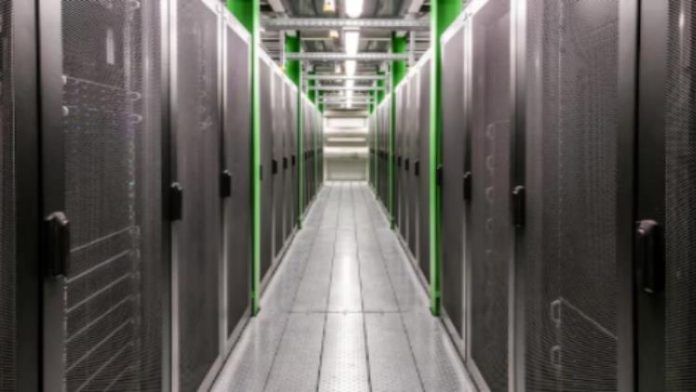In today’s digital economy, a company’s data and IT infrastructure are its most valuable assets. Managing this infrastructure in-house can be a significant drain on resources, expertise, and capital. This is where data center colocation, or colo, comes in.
Colocation allows a business to rent space in a data center to house its servers and other hardware, leveraging the facility’s superior power, cooling, and security.
However, choosing the right provider is a critical decision that can impact your business’s performance, security, and long-term costs. To ensure you make the best choice, it’s essential to evaluate a number of key factors that go beyond just the monthly fee.
Location and Redundancy
The physical location of the data center is a crucial consideration. A facility that is too far away can make maintenance and physical access difficult and costly Colocation . On the other hand, being too close to your primary office might not offer sufficient geographical separation for disaster recovery purposes.
Additionally, investigate the facility’s redundancy. A reputable data center will have redundant power feeds, cooling systems, and network connections.
The level of redundancy, often measured in tiers (Tier I to Tier IV), indicates the facility’s reliability and uptime guarantees. A high-tier facility ensures your data remains online even in the face of a major local power outage.
Security Measures
The security of your data is paramount. A good colo provider should have multi-layered security measures in place. This includes physical security, such as 24/7 on-site staff, video surveillance, biometric scanners, and strict access control policies.
It should also include cybersecurity protocols to protect against digital threats. Ask about the provider’s security track record and their procedures for managing access to your equipment. The right colo Colocation offers a level of security that is nearly impossible to replicate in a private office environment.
Scalability and Flexibility
As your business grows, your IT needs will evolve. A colo provider should be able to accommodate your future growth without requiring a major disruption. Consider whether the facility can provide additional racks, power, or bandwidth as needed.
A flexible provider will offer a variety of options, from a single rack to a private cage or even a dedicated suite. This scalability ensures that your business can grow without being constrained by your data center arrangements. The right colo Colocation provider is a partner in your long-term growth.
Network and Connectivity
The quality and reliability of the network are vital for performance. A top-tier colocation facility will offer multiple network carriers to choose from, providing redundancy and allowing you to select the best provider for your specific needs and budget.
Look for a facility that offers direct connections to major internet exchanges or cloud providers. This robust network infrastructure ensures low latency and high-speed data transfer, which is crucial for applications that require a fast and reliable connection.
Cost Structure and Transparency
A clear understanding of the pricing model is essential. Beyond the monthly rent for your rack space, ask about additional costs for power usage, bandwidth, cross-connects, and remote hands services.
Some facilities offer all-inclusive pricing, while others bill for each service separately. Be wary of hidden fees. A transparent pricing model allows for accurate budgeting and helps you compare the total cost of ownership across different providers. Don’t let a low advertised price for a colo obscure the true cost.
